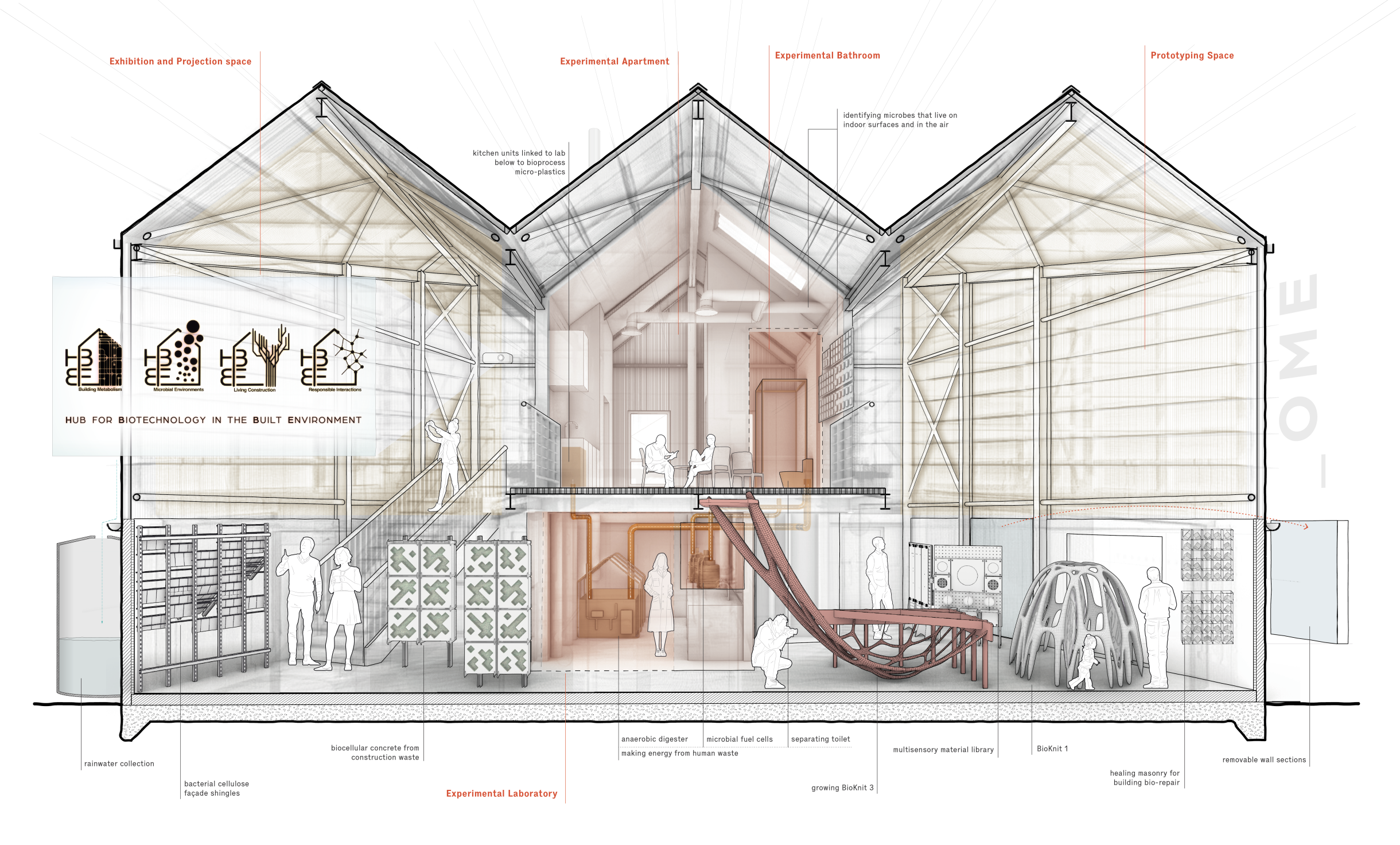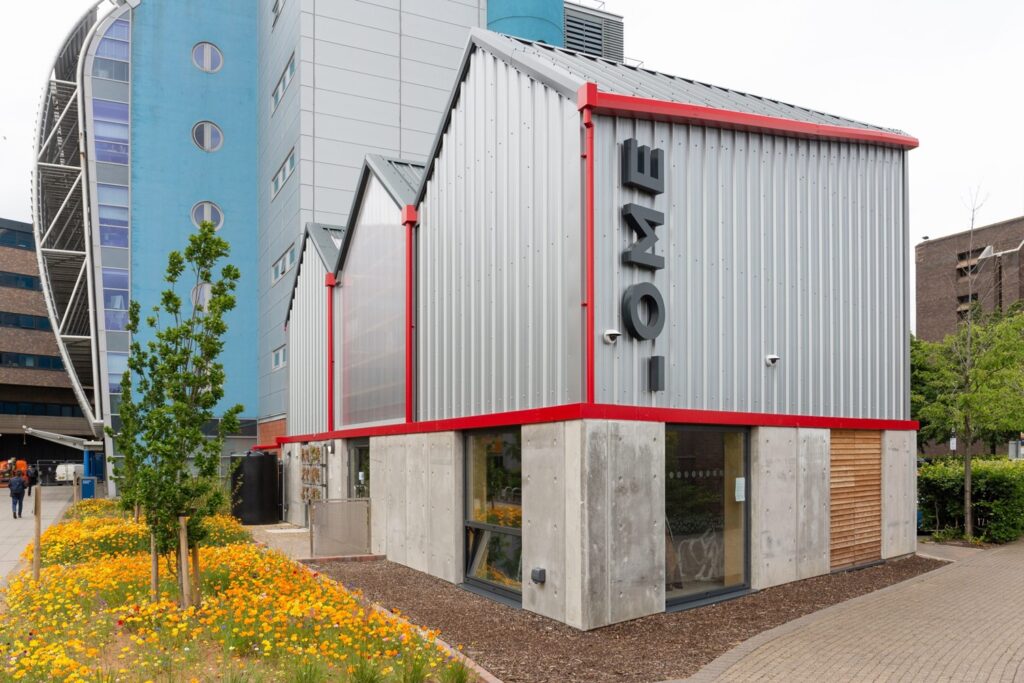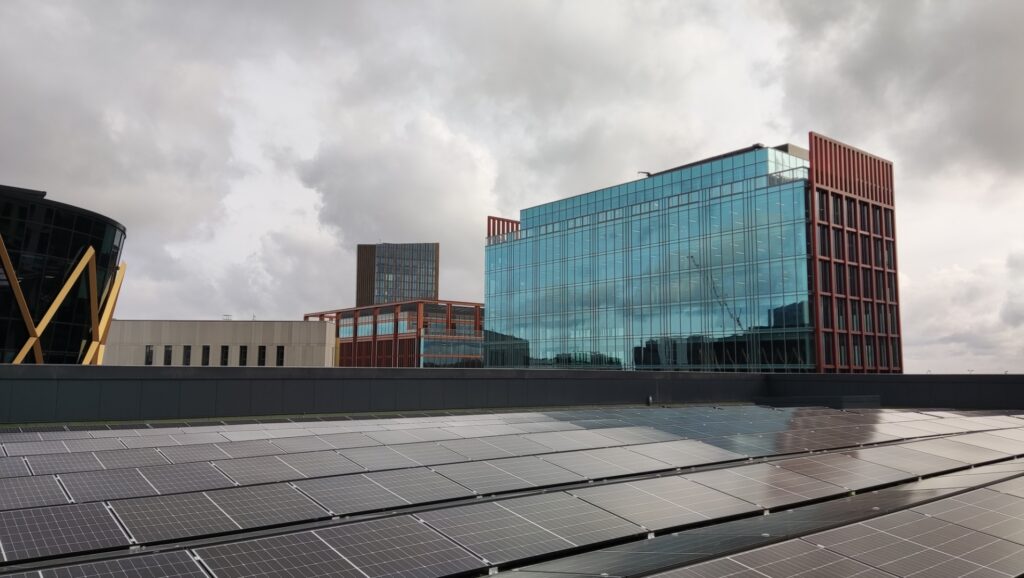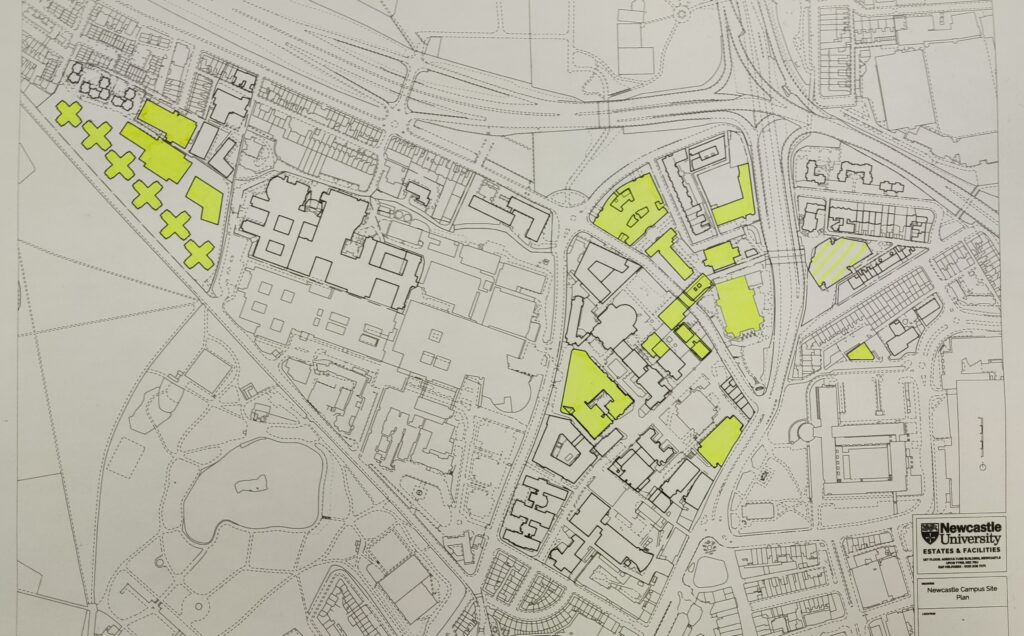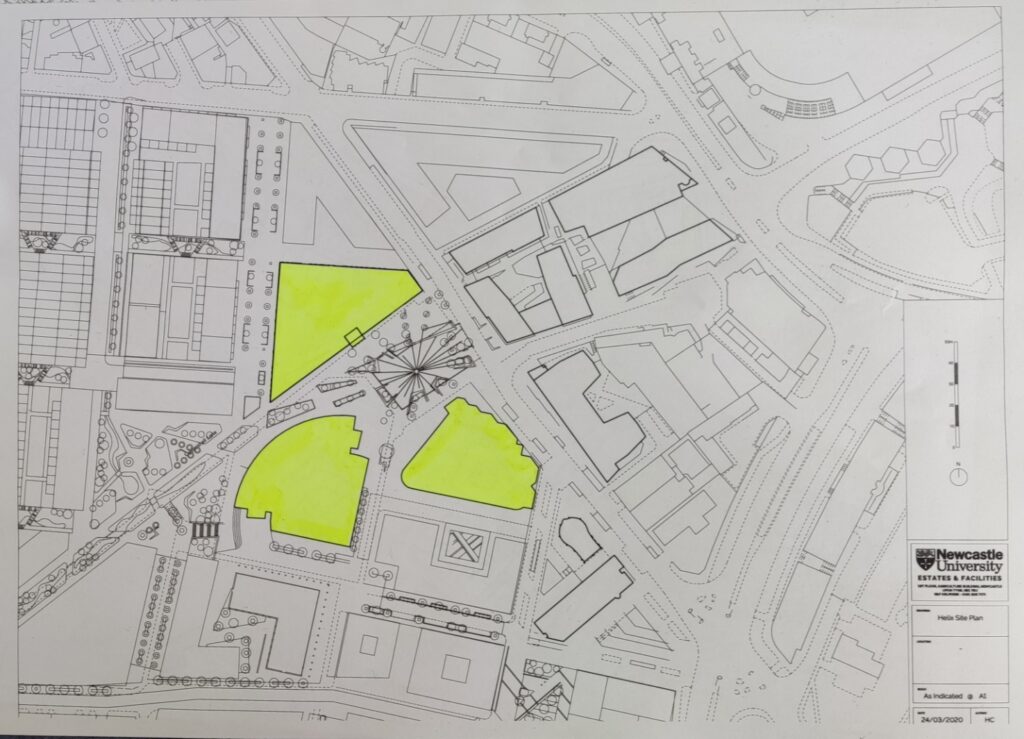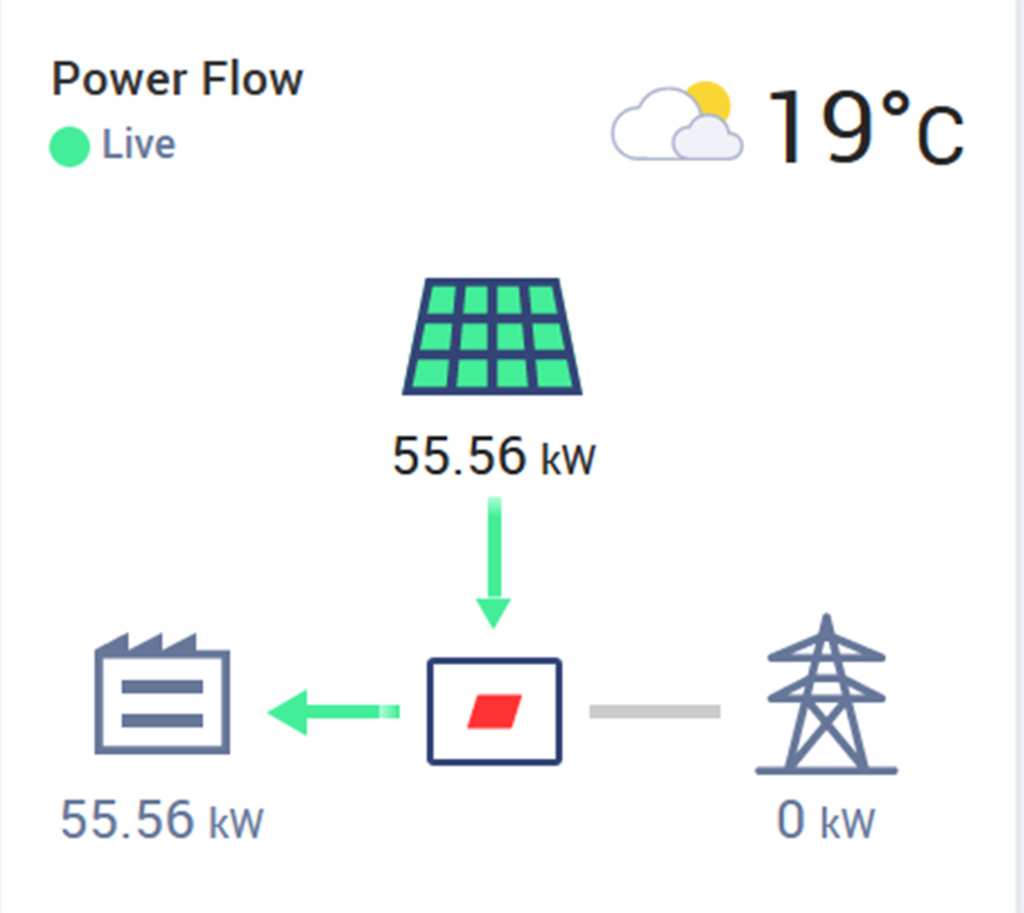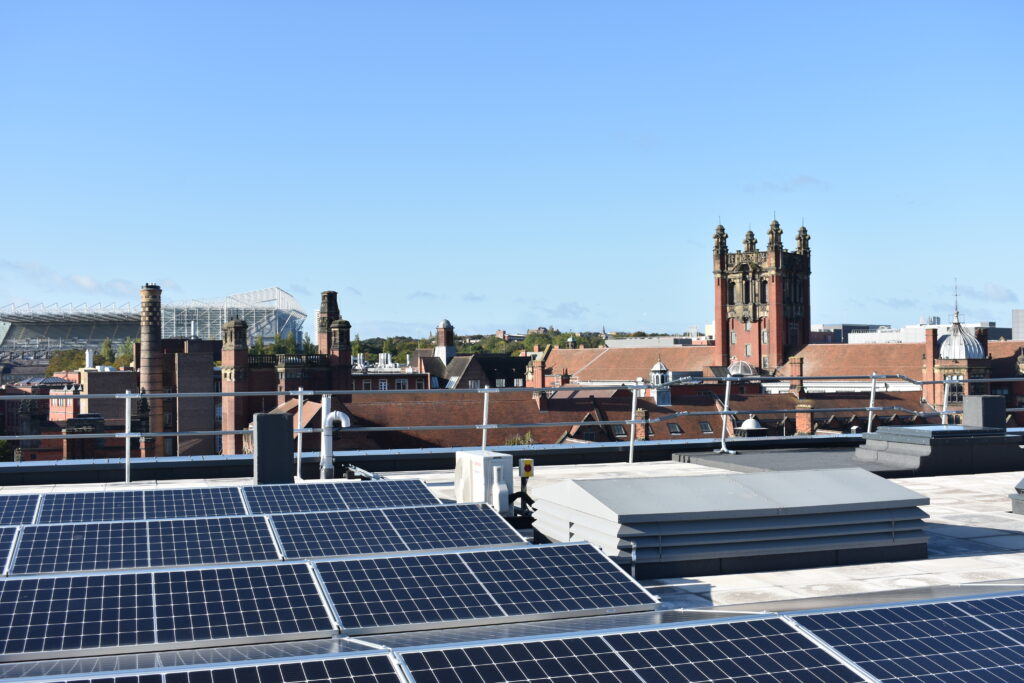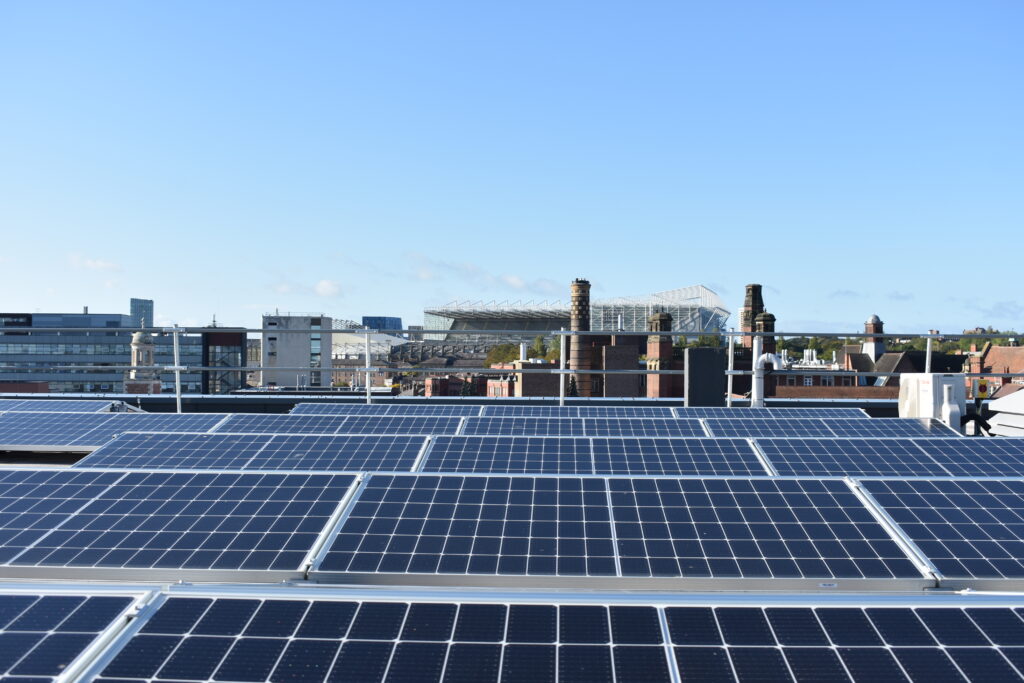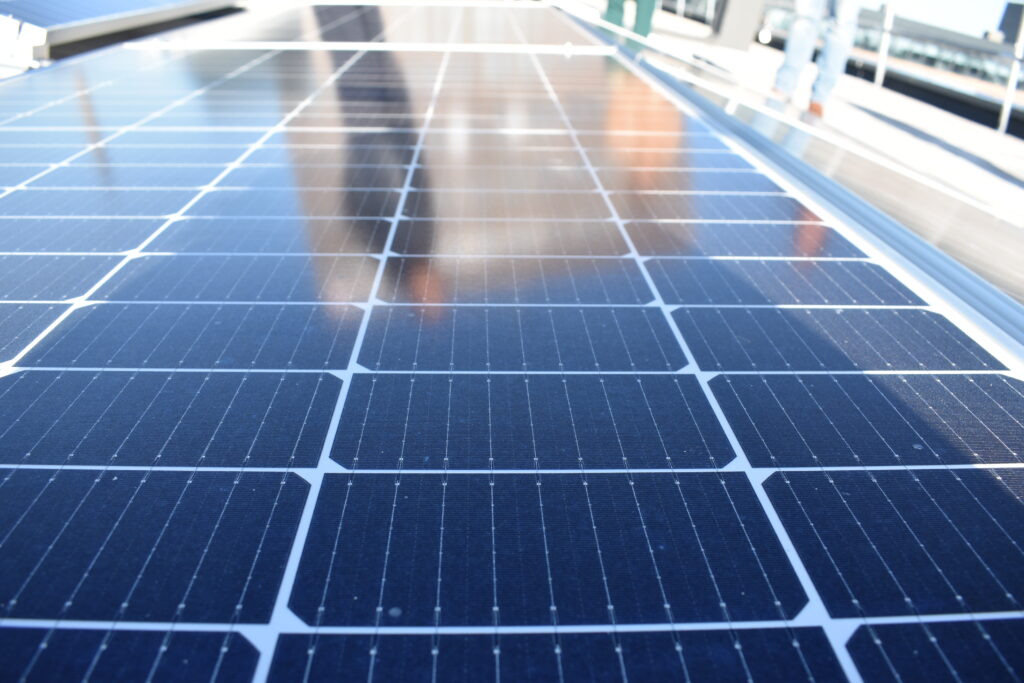PINZ (Process Industries Net Zero) is home to an innovative cohort of researchers, paving the way for Net Zero within manufacturing industries. With a project focus on an industry problem in energy, feedstocks, or data, this research community is the first of its kind, collaborating across the Universities of York and Newcastle and working alongside their respective industry partners to drive the seismic shifts in practice required to achieve Net Zero.
I had the privilege of picking the brains of the inaugural cohort. To learn about the origins of their climate-concerned research focus, their highlights so far, and what they deem as the critical skills for future Net Zero leadership.

When and why did you first become interested in pursuing research centred on Net Zero and sustainability?
The origins of interest for these researchers were multi-faceted and diverse. However, some key themes bubbled to the surface of the group’s responses.
Nearly everyone cited a form of environmental educational as the key that unlocked their curiosity. For some it was a university master’s module, for others a previous research project from work or school. For both the space and time to meditate on the poly-problems of climate change proved to be the tipping point that led them to search for solutions.
“I realised I wanted to be more than just part of a project—I wanted to dig deeper, ask bigger questions, and help find long-term solutions. Pursuing a PhD feels like the natural next step.” – Abdul Samad
The other sentiment that really struck a chord with me was their realism concerning the urgency and planetary impact of their research. One researcher candidly shared about their personal lived experience of climate change.
“I was residing in Chennai, India and the city faced a severe drought that led to water rationing during an unusually intense summer. This experience got me thinking about the alarming consequences of climate change and the need for reduced emissions causing harm to the environment.” – Zuhair Ali
Many quoted the desire to see tangible change in the face of intertwined environmental crises as the baseline motivator for their dynamism. An energy that doesn’t confine itself to the theoretical confines of academia.
“I’ve become increasingly focused on sustainability and making more eco-conscious choices in my daily life” – Louise Amor-Seabrooke
What’s been the highlight so far?
Not even one year into the PhD programme, the group had no shortage of engaging experiences and pinpoint moments to share.
Praises were sung of how the wider PINZ team had made the switch to a research-mindset, although a learning-curve, all the easier. A few specified the intensive training that kickstarted the programme as formative to their practice. These workshops laid the foundations of clear communication, out-of-the-box thinking and ethical responsibility for each project.
“The highlight has been learning how to shift my mindset from thinking like a student to thinking like a researcher” – Vaishnavi Jambhokar
An additional stand out was the culture of collaboration. This culture spans universities, researchers, disciplines, industries, business partners, and the cohort itself! Knowledge sharing across networks seems to make up the bedrock of these projects, proving to be invaluable in their problem solving.

What’s going to be the most critical skill for future Net Zero Leaders?
One of the purposes of the PINZ PhD programme is to grow the net zero architects and leaders of tomorrow. Given this group have begun their journey, I wanted to hear their perspectives. What skills do they believe will be integral to the future champions of net zero?
A clear agreement across the cohort was the need for “Systems Thinking”. Researchers were quick to recognise solution finding in an interconnected world requires a deep understanding of the relationships at play. This work isn’t about answering one question in isolation, but instead about understanding a much more intricate tapestry of interrelated issues.
“It requires a fundamental change in how we work” – Ben Chapman
This inevitably demands an intentional focus on interdisciplinary and collaborative working. Clear communication was deemed essential. Not only to fellow researchers, but across industries, communities, governments and more.
“Achieving net zero requires… effectively communicating solutions to diverse audiences” – Abubakar Kuburi
Potentially most challenging on the essential skills list was the ability to imagine and actualise a world we don’t yet have. Building these new imaginaries requires minds so invested and excited by what the world could look like they are unconstrained by the limits of tradition and status quo.
“It could be detrimental to only stand by the ideas you are familiar with and not adapt to the needs of the project” – Beatrice Williams
Lastly, the group emphasised net zero leaders must be in it for the long haul. Recreating our existing systems isn’t for the fainthearted or isolated. Future leaders instead must prioritise being rooted in encouraging community.
“Collaboration is at the heart of the transition to Net Zero. No single person can solve this challenge alone—it requires cooperation and collective action” – Abdul Samad







